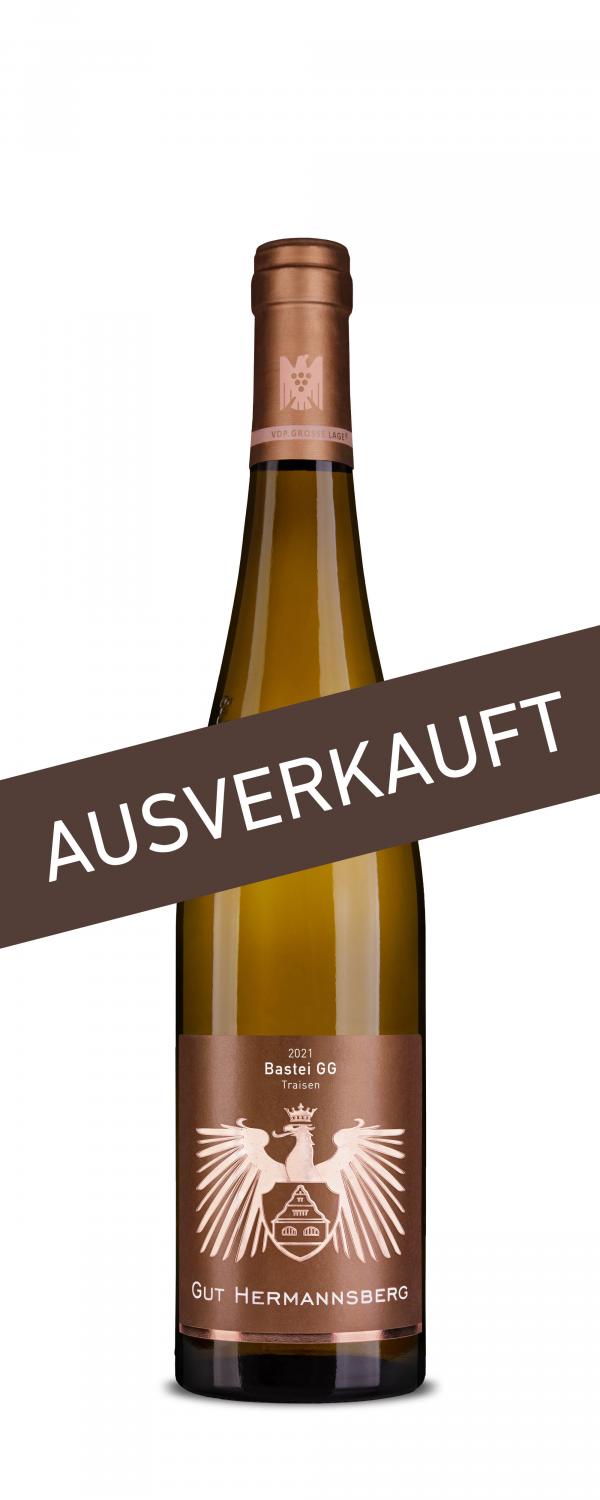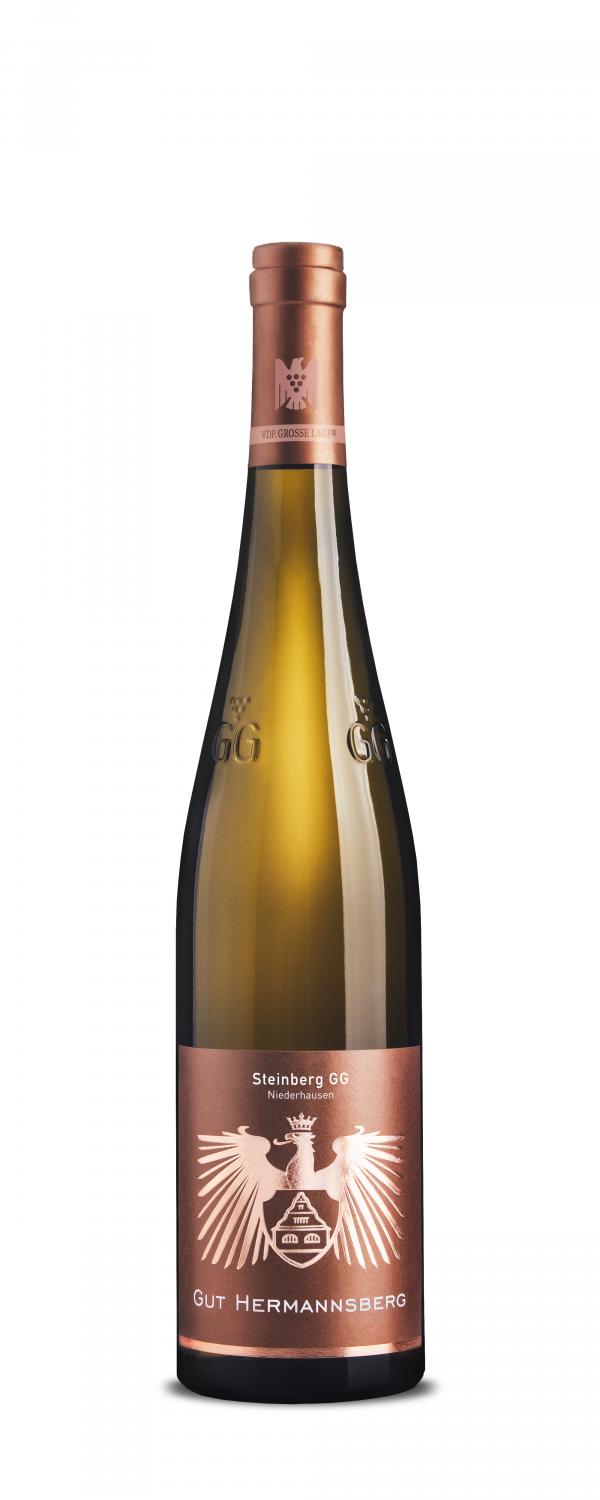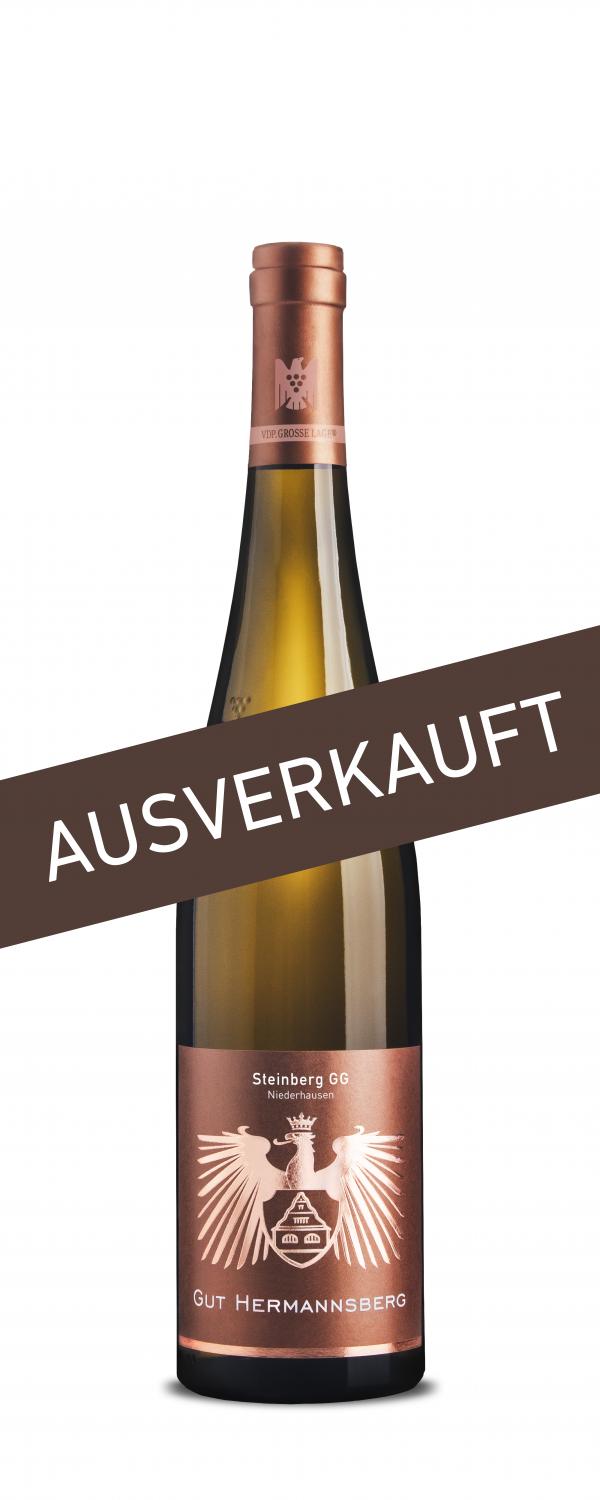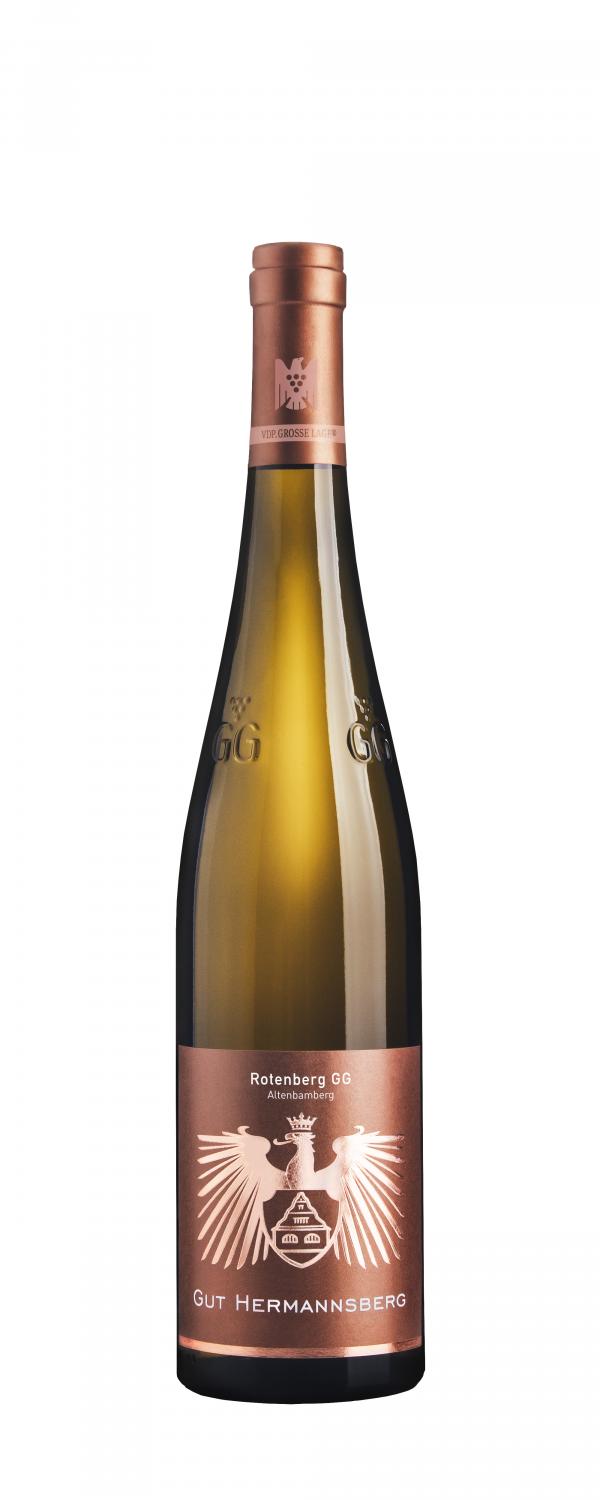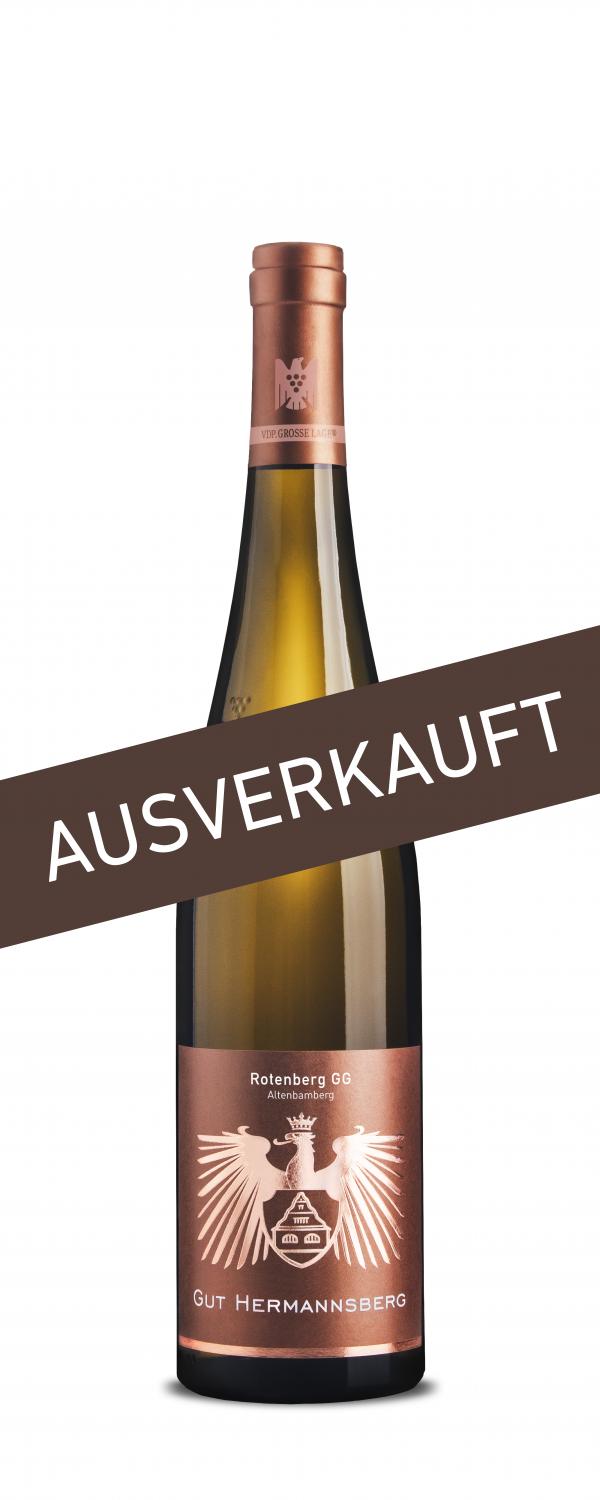VDP. Grosse Gewächse
Free shipping for 12 bottles and more or an order value over 120€
Gut Hermannsberg Riesling
For more than a 100 years great Riesling wines have been produced at Gut Hermannsberg, founded in 1902 as a Royal Prussian Domain. Since 2009 the team led by the Reidel family works with loving care, patience and know-how to make wines full of character that taste unique.
Riesling with the Highest Recognition
All 7 (!) of Gut Hermannsberg’s vineyard sites are ranked in the highest category of the German vineyard classification, the co-called VDP. Große Lagen / “Grand Cru”. The Verband Deutscher Prädikatsweingüter e.V. (VDP) is an association of roughly 200 wine estates in Germany with strict quality standards that has also promoted organic and sustainable viticulture since 1990. The wines from the VDP member estates live up to the highest expectations. Only those vineyard sites that can prove they have uncompromisingly yielded wines of the highest quality over many years acquire this status. Additionally, the VDP limits the maximum yield to 50 hectoliters per hectare (in contrast, for German Qualitätsweine the legal maximum yield is 100 hectoliters per hectare) and at Gut Hermannsberg the very low yields often lie far below this figure. That means many of the estate’s wines are produced in very limited editions. Traditional hand harvesting and cautious vinification in the cellar are prerequisites for the making of the finest Rieslings. Before the wines may be bottled they are tested in house via blind tasting by the VDP Grossen Gewächse (GGs). The earliest possible date they can be released onto the market is September of the year following the harvest. However, at Gut Hermannsberg we know how important it is that great wines rest after the bottling, and for this reason we release some of our GGs only after 2 or 5 years maturation in our cellar.
Riesling from Unique Vineyard Sites
In the Nahe region Riesling is the only grape variety from which Grosse Gewächse (GGs) may be produced, because the combination of climate and the special type of the soils perfectly complement the Riesling grape, perfectly fitting its requirements. The region’s cool climate results in a long and slow ripening of the grapes and the volcanic bedrocks lead to extreme soil diversity. These are some of the reasons that the Nahe has a more than 1,000 year old tradition of winemaking that enabled the growth of a row of top wine producers. Gut Hermannsberg has fascinated wine lovers since its foundation with Rieslings that turn German wine culture into liquid history you can taste. In order to give you an idea of what to expect from our wines, let us introduce you to our unique vineyard sites, our 7 terroirs.
Kupfergrube Schlossböckelheim
The highest awards, record auction prices, served at royal weddings, true cult wines – the most famous and expensive wines from Gut Hermannsberg always came from the Kupfergrube. And at first glance you can see how this is a truly exceptional vineyard site.
The unique view over the mighty stone walled terraces of the Schlossböckelheimer Kupfergrube gives you a sense of the special character of the Kupfergrube Rieslings: spectacular and powerful. With enormous aging potential they are genuine monuments to winegrowing! In their youth they are wild, expressive and complex and it often takes years for them to reach a perfect harmony and display their full greatness.
And for this reason the dry Kupfergrube GG RESERVE first leaves our cellar after 5 years of maturation.
Reservations are recommended!
Bastei Traisen
One of the most spectacular vineyard sites in Germany, this is also the smallest VDP Grosse Lage / Grand Cru. Towering more than 200 meters above the vines this is the highest inland cliff face north of the Alps and creates a special climatic niche. No wonder the Bastei is an iconic vineyard: you can see and taste what makes it special straight away!
Almost as if Mother Nature wrote the script for the sunset herself, the evening sun makes the cliffs above the vines of the Traiser Bastei glow a warm red. This color comes from the high iron content of the volcanic rhyolite rock. With a vineyard area of less than one hectare and a very low yield Gut Hermannsberg’s Bastei gives a very exciting Riesling in a very limited edition. The unique growing conditions resulting from the precipitous cliff face make this site a spectacular exception, almost a work of art. The dry Bastei GG begins with succulent apricot and mango aromas and finishes with cool minerality; one of the most exclusive dry Rieslings of Germany!
Hermannsberg Niederhausen
Because of its special clay-slate soil the monopoly site Hermannsberg, from which Gut Hermannsberg derives its name, gives very distinctive and characteristic wines. Our winemaker speaks of the Hermannsberg GG’s hidden talents in their youth, the full spectrum of which only unfolds through long maturation in the bottle, developing into unique greatness. At that point these dry Rieslings are very hard to resist.
Felsenberg Schlossböckelheim
The Nahe valley narrows at the level of the Schlossböckelheimer Felsenberg and forms a bottleneck. Although it is a direct neighbor of the famous Kupfergrube and has very similar bedrock the dry Felsenberg GGs show a very different character to the Kupfergrube GG. In this location that’s so well protected from the wind wines grow with a very ripe and harmonious personality that’s married to the same kind of volcanic minerality as those from the Kupfergrube. It’s an exciting combination, but with less than one hectare this is one of the smallest holdings of Gut Hermannsberg.
Steinberg Niederhausen
There’s hardly another vineyard site where the multi-facetted nature of Gut Hermannsberg’s 7 terroirs is so obvious than the Niederhäuser Steinberg. The stony porphyry soil is a pale beige in color, in contrast to the dark rock of the Kupferurbe only a couple of hundred meters away. In contrast to the latter, the pale soil of the Steinberg warms slowly in the sun giving the wines a cool, taut and stony character. The naturally sweet “Steinberg Riesling Spätlese” is an evergreen in the Gut Hermannsberg range, and, just like the Steinberg GG, it has many loyal fans, so that they are usually sold out by the time the next vintage is released. Be warned: only for Riesling freaks!
Rotenberg Altenbamberg
A visit to the steepest of the 7 terroirs of Gut Hermannsberg feels like a journey back in a time to experience historic winegrowing. That makes it very satisfying to see how this erstwhile beauty is being brought to fruition once again. Recently we planted an additional hectare of Riesling here, expanding our total planting there from 3 to 4 hectares. In some places the rhyolite bedrock shows through and red from the high iron content it almost looks like Mars rocks! Our dry Rotenberg GG, along with the naturally sweet Riesling Kabinett and Riesling Spätlese from this terroir, stand out with their mineral freshness. They are waiting for you with their spectacular aromas!
Rossel Monopole Niederhausen
Rossel was once the name of a “Gewann” or subsection of a vineyard site, but then the 1971 wine law forbade the use of this name on the label, replacing it with the vineyard name “Kertz”, but then the “Kertz” was integrated in the “Klamm” site. This was really contradictory though, because, as connoisseurs know, the Klamm has a clay-slate soil while the bedrock in the Rossel site is volcanic rhyolite.
For Gut Hermannsberg it is crucial, that each Riesling transports the unique character of the soil in the vineyard where it grows and that the consumer can experience this in its pure form. Thankfully, today it is once again allowed to use Gewann names on the label, so we renamed our “Kertz” back to “Rossel”.
Currently you can enjoy the Rossel as part of out Steinterrassen cuvee.
Individualism instead of Dogma
When the Verband Deutscher Prädikatsweinguter e.V. (VDP) asked our winemaker Kartsen Peter which wine he was especially proud of he answered that he was proud of every single wine, because otherwise they wouldn’t sell. That’s exactly the quintessence of how we define ourselves at Gut Hermannsberg: we only offer you top quality wines that all deserve your attention. The flavor spectrum of our great Rieslings and sparkling wines is unbelievably wide. We invite you to experience and enjoy more of Gut Hermannsberg’s liquid history.

